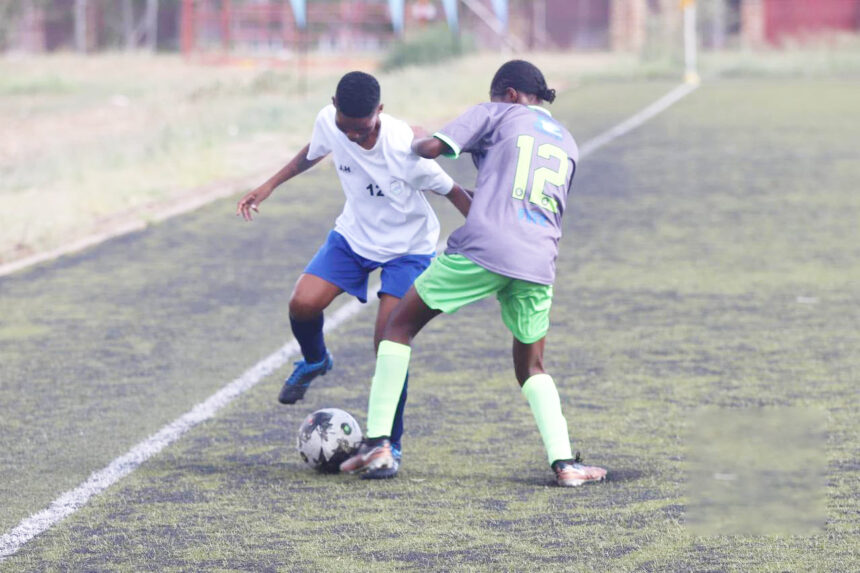After years of mounting concern over its deteriorating condition, the Namibia Football Association (NFA) has confirmed plans to revamp the long-neglected technical centre in Windhoek.
The facility was once envisioned as the heart of national football development.
NFA spokesperson Isack Hamata said active discussions are underway with stakeholders to upgrade the facility.
“The pace of these discussions and their finalisation depends on external factors. However, once agreements are reached, the revamp will cover the entire centre, including the turf, pavilion and supporting infrastructure,” he stated.
Installed in 2011, the artificial turf was originally intended to serve as a training ground for Namibia’s national teams. Over time, it has become a multipurpose venue, accommodating matches from premier women’s competitions such as the FNB Women Super League and Khomas Second Division.
In addition, it serves as a training ground for several men’s teams.
Despite its constant use, the turf has gone over a decade without any significant maintenance or refurbishment.
Artificial playing surfaces typically have a lifespan of eight to 10 years, after which they should be replaced to maintain safety and performance standards.
The extended delay in maintaining the turf has raised alarm bells among coaches, players and medical professionals.
Numerous athletes have reported injuries attributed to the worsening condition of the surface, particularly abrasions caused by the small black rubber pellets used as infill.
These incidents reflect a deeper issue surrounding the potential risks of poorly maintained synthetic turf. Physiotherapist Salome Guises has voiced concern about the increasing risk of injuries.
“When artificial turf is not properly maintained, it becomes hard, compacted and uneven. This compromises player safety in multiple ways,” she stated. She added that among the most common injuries are turf burns, where dry and abrasive surfaces cause painful scrapes on the skin.
Joint injuries, such as ankle sprains, ligament tears and rolled ankles are frequently caused by poor shock absorption due to compacted infill.
Additionally, the risk of concussions escalates on turf that lacks cushioning.
Muscle strains, blisters, plantar fasciitis and overuse injuries to joints like the knees and hips are also more prevalent.
Loose seams and debris can easily lead to slips and trips, resulting in serious, sudden injuries.
Guises said prolonged use of deteriorating turf can result in chronic joint pain, repeated injuries and even psychological hesitation.
This mental block prevents players from performing at their best due to fear of injury.
-lmupetami@nepc.com.na


